 |
| Photo of the Day: Dave Straight, contributing photographer to Colorado Railroads |
Special thanks to Dave Straight (and John Hill) for sharing this finely aged photograph with us.◊
 |
| Photo of the Day: Dave Straight, contributing photographer to Colorado Railroads |
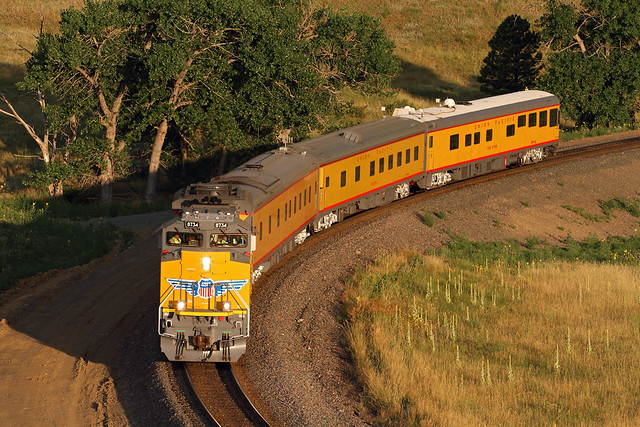 |
| Photo of the Day: Mike Danneman |
 |
| Trains magazine Sept 2014 |
 |
| Photo of the Day: David Sheppard |
 |
| Union Pacific's EMD E9 #949 idles at Denver's North Yard with the Howard Fogg, a steam generator car in from Cheyenne for repair to the car's wheels. Photo: John Hill, contributing photographer |
 |
| The Folsom local lights up the night in Sacramento, California as it makes its scheduled pick-ups and drop-offs, far from the Rocky Mountains UP 1901/(ex-D&RGW 3155) called home in its early years. Photo: Joe M |
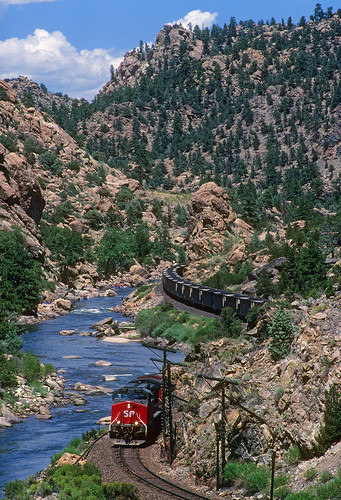 |
| Southern Pacific never looked better than August 1, 1999, squeezing between rockfall fencing and rafters intent on enjoying Browns Canyon and the Arkansas in the short summer season. Photo: Mike Danneman |
 |
| GP60s 3156, 3154, & 3155 lead SP and UP locomotives head north toward Blue Mountain Crossing between the Big Ten curves and Tunnel 1 west of Denver on its way to Salt Lake City, Utah. Photo: Mike Danneman |
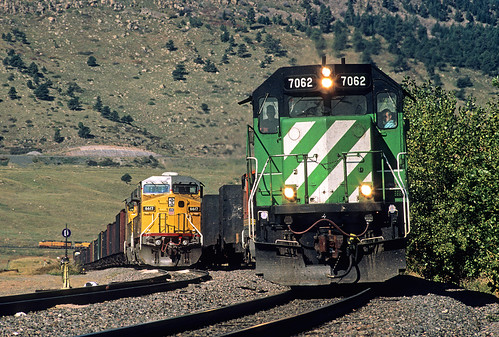 |
| Spartan-nosed BN 7062, an EMD SD40-2, leads it's Stockton-based consist through Rocky, passing a Union Pacific coal drag with it's distributed power visible behind the derail stand on Oct 1 1999. Photo: Mike Danneman |
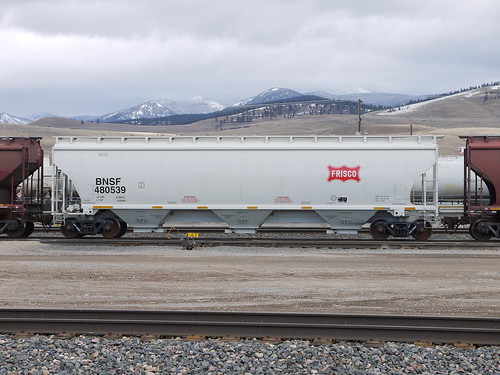
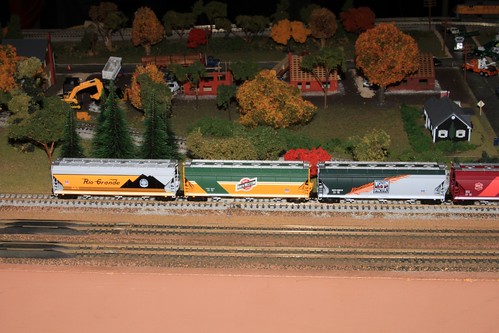
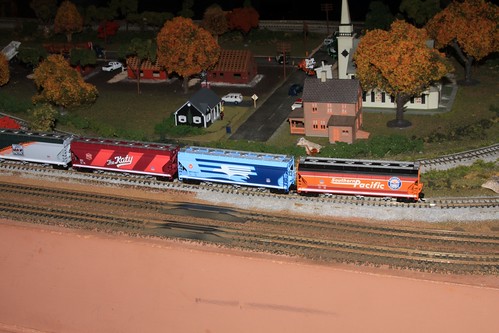
 |
 |
 |
| Colorado's cities (red) and railroads (dashed lines). Quick and ugly map created on nationalatlas.gov The northern half of the Front Range Urban Corridor is highlighted. |
The track at South Colorado Springs, Colorado is out of service due to washout. South Colorado Springs, Colorado is approximately 72 miles south of Denver, Colorado. The main track is expected to return to service later this evening, Friday, September 13, 2013.
The tracks at Boulder, Colorado and Loveland, Colorado are out of service due to multiple washouts. Boulder, Colorado is approximately 30 miles northwest of Denver, Colorado, and Loveland, Colorado is approximately 52 miles north of Denver, Colorado. No estimated return to service has been issued yet. Customers between Broomfield, Colorado, and Dixon, Colorado, will not be serviced until track is restored.
 |
| UP 4014 during her operational days Photo: Union Pacific |
 |
| Union Pacific 4014 in Pomona CA in 2005 Photo: Morven, Wikimedia Commons |
 The route will follow that of the Denver Pacific, the first railroad to connect Denver with the outside world by rail in 1870, six years before statehood and our nation's centennial. Those were the days of ornamental steam, when antlers and whale-oil lamps sat above link-and-pin couplers and wooden cowcatchers. Like the Cheyenne Frontier Days itself, the 844 is more than just a working anachronism. It's a functioning mode of transportation, and the industrial age technology belies it's youth. While the 844 was built as UP class FEF-3 in 1944, over 74 years after 1870, the engine itself is 68 years old, and much younger than the 142 year-old route it will be rolling over at a rocket's pace very soon.◊
The route will follow that of the Denver Pacific, the first railroad to connect Denver with the outside world by rail in 1870, six years before statehood and our nation's centennial. Those were the days of ornamental steam, when antlers and whale-oil lamps sat above link-and-pin couplers and wooden cowcatchers. Like the Cheyenne Frontier Days itself, the 844 is more than just a working anachronism. It's a functioning mode of transportation, and the industrial age technology belies it's youth. While the 844 was built as UP class FEF-3 in 1944, over 74 years after 1870, the engine itself is 68 years old, and much younger than the 142 year-old route it will be rolling over at a rocket's pace very soon.◊ |
| Kevin Morgan, long a favorite, gets the POTD honor today, not just because of the unique perspective of this shot, but because he remembered the detail of staying out of the reflection of Ogden, Utah. |
| Location | Arrival | Departure |
|---|---|---|
| Sunday, November 4, 2012 | ||
| Des Moines, N.M. Saavadre Street Crossing and Larkin Street | 11:01 a.m. | |
| Trinidad, Colo. County Road 75 Crossing at County Road 71.6 | 1:15 p.m. | 1:45 p.m. |
| Walsenburg, Colo S. Hendren Avenue and W. 5th Street | 3:15 p.m. | |
| Monday, November 5, 2012 | ||
| Walsenburg, Colo S. Hendren Avenue and W. 5th Street | 8:00 a.m. | |
| Pueblo, Colo Look for signs beginning at access road | 11:01 a.m. | |
| Tuesday, November 6, 2012 On Display | ||
| Pueblo, Colo 400 B Street |
Open
10:00 a.m. |
Close
4:00 p.m. |
| Wednesday, November 7, 2012 | ||
| Pueblo, Colo 400 B Street | 8:00 a.m. | |
| Colorado Springs, Colo 112 Pikes Peak Ave. | 9:45 a.m. | 10:45 a.m. |
| Palmer Lake, Colo S. Spruce Mountain Road at S. Perry Park Road | 11:45 a.m. | 12:01 p.m. |
| Denver, Colo North Yard (no public access) | 3:01 p.m. | |
| Thursday, November 8, 2012 | ||
| Denver, Colo North Yard (no public access) | 8:00 a.m. | |
| Greeley, Colo Old Depot, 902 7th Ave | 12:45 p.m. | 1:15 p.m. |
| Cheyenne, WY UP Steam home | 3:01 p.m. | |